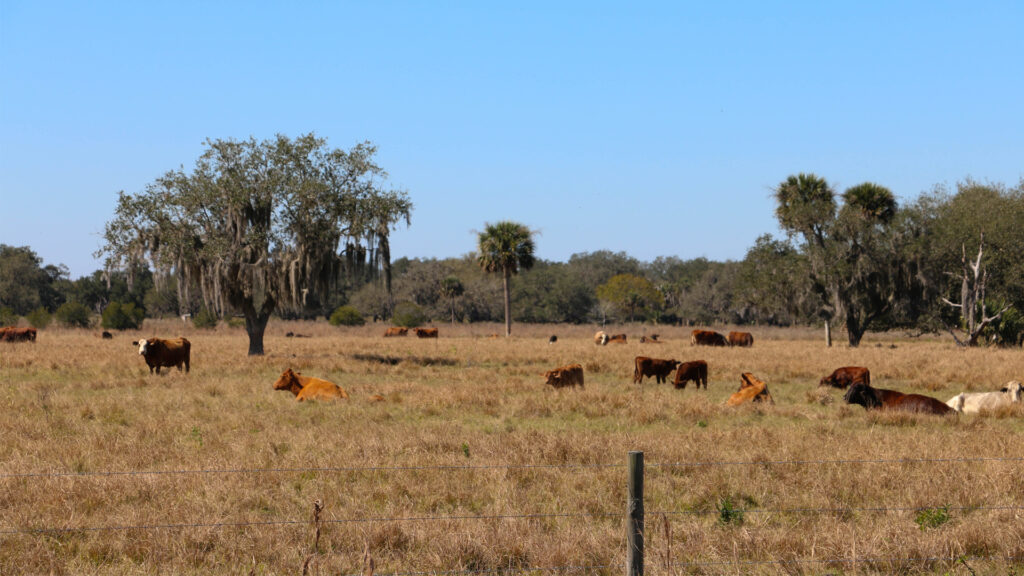A roundup of news items related to climate change and other environmental issues in Florida:
Without better conservation, Florida could lose nearly a fifth of its rural lands in 50 years | WLRN

If Florida continues growing at its current pace, more than 2 million acres of the state’s ranches, timberland and farms could be paved over to make way for another 12 million new residents by 2070, according to a new report from the University of Florida and 1000 Friends of Florida.
That would mean the loss of crucial wetlands, prairies and forests that fight flooding, rising temperatures and other threats from climate change and the destruction of crucial habitat for panthers, bonneted bats and other disappearing animals.
The report is the second in a project that also looked at land loss to sea rise and sprawl, which could wipe about a million acres. Combined, total loss would add up to about 3.5 million acres of undeveloped land lost over the next 50 years, or about 150 cities the size of Miami or Fort Lauderdale.
A famous hurricane graphic is set to look a lot more colorful. Here’s why | USA Today
After years of worry over the way people interpret the National Hurricane Center’s forecast cone graphic, the weather center will bring an experimental new graphic online this summer.
The center is experimenting with changes to its most well-known graphic – commonly called the “cone of uncertainty” – to try to better communicate the risks that millions face from landfalling tropical storms and hurricanes, said Jamie Rhome, the center’s deputy director.
For years, forecasters have struggled for ways to illustrate the size of the area covered by the numerous threats from landfalling storms and to correct potentially dangerous misconceptions about the cone graphic. They’ve been working with social scientists to come up with ways to help the public understand that hazards extend well beyond the cone, Rhome told USA Today on Monday.
How a Black Miami neighborhood became ‘ground zero for climate gentrification’ | The Guardian
Aaron McKinney had high hopes for Liberty City.
In 2015, Miami-Dade county officials announced a $74 million development project aimed at revitalizing the historically Black neighborhood in the north-west of the city. The plan was to raze Liberty Square, the dilapidated housing project in the heart of the neighborhood, and build 1,900 new apartments in its place.
None of the nearly 600 families living in the project would be displaced, officials said. McKinney, who grew up in Liberty City, worked for the Related Group, the developers overseeing the project. It was his job to liaise between his community and the company and allay any residents’ concerns about the project.
If you have any news items of note that you think we should include in our next roundup, please email The Invading Sea Editor Nathan Crabbe at nc*****@*au.edu. Sign up for The Invading Sea newsletter by visiting here.



